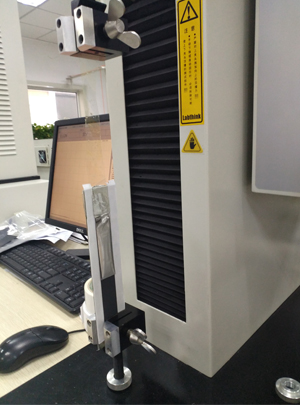Most people are familiar with Li-ion batteries, which are widely used in electronic products such as electric automobile and industrial energy reserve. However, except those specialists, few people know about the internal structure of Li-ion batteries.
Despite of its shape, a Li-ion battery is composed of positive electrode, negative electrode, diaphragm and electrolyte. Li-ion battery works mainly by the movement of li-ions between positive electrode and negative electrode. When a battery is charging up, li-ions are generated in the positive electrode, then move to the negative electrode through the electrolyte and finally embed into the micropores on the carbon layer of the negative electrode patch. The more li-ions embed into the negative electrode patch, the higher the charging capacity is. When the battery is discharging, the li-ions move back to the positive electrode. The more li-ions move back to the positive electrode, the higher the discharging capacity is.
The electrode is the electrochemical reaction area inside the Li-ion battery, which is made from metal current-collector coated with active substance and adhesive (See Figure 1).The collector of positive electrode is usually made of aluminum foil, and the collector of negative electrode is made of copper foil. The collector contacts the active substance to collect the current generated by the active substance and output the current. Therefore, the bonding strength between the collector and active substance is critical to the performance of the battery.
The bonding strength between the collector and the active substance may encounter some problems during charging and discharging processes. The li-ion may enter and get off the electrode repeatedly, which may cause the change of structure of the active substance. Repeated expansion and contraction are liable to cause the separation of the collector and active substance. As a result, the electric resistance may be increased and the cycle life of the battery may be reduced. In order to prevent the negative influences of those problems, it is necessary to do some tests for verification in advance.
Labthink laboratory right has the experiences in test of the bond strength of collector electrode. Recently we arranged such a test for Li-ion battery electrode
The test specimen is a 1.9cm wide positive electrode patch, which is pasted on a stain-less steel plate with a piece of double-faced adhesive tape. Peel one end of the specimen off the steel plate and then do 180° peel test with XLW(PC) Auto Tensile Tester. Clamp the free end and the other end of the specimen in the upper and lower sample grips respectively. Start the instrument and the peel test is performed automatically at the speed of 10mm/min. The test results are displayed automatically after tests.
Currently, the study on enhancing the bonding strength between collector and active electrode substance is on the rise, the li-ion battery industry has plenty of experience in this area. More verification tests will be done to provide more analytical data for improving the performance of Li-ion batteries.
Labthink Instruments Co., Ltd, is always dedicated to providing customers with packaging testing solutions and helping the manufacturers to reach their goals of quality and safety assurance through improvement of packaging testing techniques and development of high-end packaging testing instruments.

